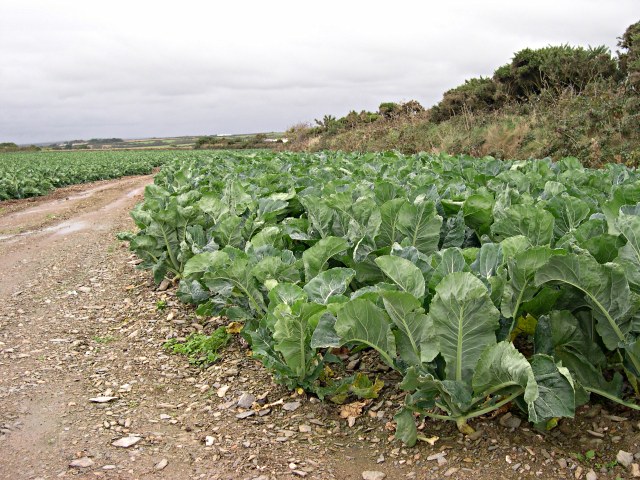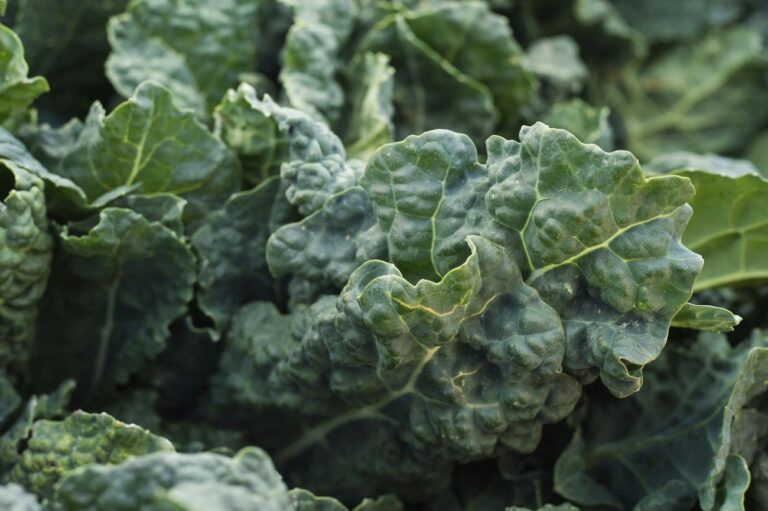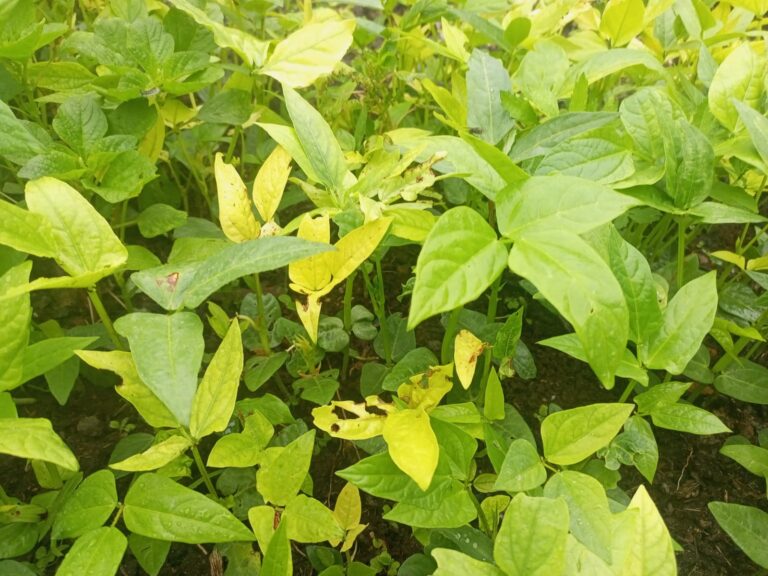What are some common pests and diseases of Sukuma Wiki in Kenya?
Growing Sukuma Wiki in Kenya can be a great way to have a steady supply of this nutritious leafy green. But as with any crop, it’s important to be aware of the common pests and diseases that can affect your kale plants. In this article, I’ll be discussing the most common pests and diseases of kale in Kenya, and how to prevent and control them.
Contents
Common Pests of Sukuma Wiki in Kenya
- Aphids: These small, soft-bodied insects suck the sap from the leaves, causing them to turn yellow and wilt.
- Cabbage worms: These green or yellow caterpillars can quickly defoliate a kale plant.
- Cutworms: These gray or brown worms can chew through the stem of young kale plants, causing them to topple over.
- Flea beetles: These tiny black beetles chew small holes in the leaves of kale plants.
Preventing and Controlling Pests
- Use row covers to protect your kale plants from pests.
- Use companion planting to repel pests. For example, planting kale with garlic or chives can help to repel aphids.
- Handpick pests off of your kale plants.
- Use organic pesticides like neem oil or insecticidal soap to control pests.
Common Diseases of Sukuma Wiki in Kenya
- Downy mildew: This fungal disease causes yellow spots on the leaves and can eventually lead to the death of the plant.
- Black rot: This bacterial disease can cause the plant to wilt and can lead to the death of the plant.
- Clubroot: This fungal disease causes the roots of the plant to become distorted, leading to wilting and death of the plant.
Preventing and Controlling Diseases
- Practice crop rotation to avoid the buildup of disease in the soil.
- Remove and destroy any infected plants to prevent the spread of disease.
- Keep the leaves of your kale plants dry to prevent fungal diseases.
- Use organic fungicides like copper sulfate to control fungal diseases.
In Kenya, Kale is mainly grown in the highlands, which are located in the central, western, and parts of eastern regions of the country. These regions have a cool climate, and the soil is rich in nutrients, which is ideal for growing kale. Examples of these regions include the Mount Kenya region, the Aberdares, and the Elgeyo Marakwet.
In these regions, farmers use organic methods of farming and practice crop rotation to maintain soil fertility. They also use companion planting, handpicking, and organic pesticides to control pests. They also use organic fungicides to control fungal diseases.
Conclusion
Kale plants are susceptible to a variety of pests and diseases. The most common pests are aphids, cabbage worms, cutworms, and flea beetles. The most common diseases are downy mildew, black rot, and clubroot. To prevent and control pests and diseases, farmers use organic methods like crop rotation, companion planting, handpicking, organic pesticides, and organic fungicides. By staying vigilant and taking appropriate action, you can keep pests and diseases from ruining your kale crop.







Good guidance